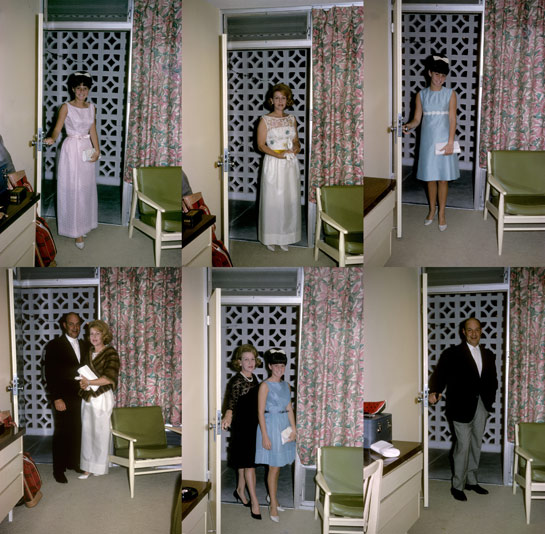High-brow vs. low-brow?
With images having become so ubiquitous online, the old distinctions between elites and the rest are actually fading away rapidly: Anyone can look for images online and do something with them.

There’s an interesting article about the recent photography festival in Arles over at Photoworks’ blog. One passage caught my eye. (more)
Talking about “a new generation of artists who have taken the online world of images and the possibilities of digital culture as their subject matter” Ben Burbridge writes
“The majority of the projects exhibited can be divided into two forms: those which look down the social spectrum at the online photographic habits of the masses and, less frequently, those who look up this spectrum towards the use of images by cultural, economic and political elites.As straight-forward as decrying supposed elites doing something might be, I think this narrative is a tad too simplistic. Describing someone collecting images of the sun, to use one example, as highlighting “the uniform, absurd or perplexing aspects of amateur online practices” seems to miss the point entirely.“In the case of the former, artists swerve between a Pop-orientated aestheticism and a pseudo-ethnographic impulse. Most frequently, the work sets out to highlight the uniform, absurd or perplexing aspects of amateur online practices (in work by Corinne Vionnet, Thomas Maillander, Andreas Schmid and Penelop Umbrico, to name a few).
“The problem lies in the distinction between high and low culture upon which this work depends, and the self-congratulatory and knowing character it prescribes for the former in relation to the photographic behaviour of the latter: a form of understanding that sets this particular cultural elite apart from those apparently too busy producing and sharing photographs to engage in this kind of self-reflection.”
First of all, if you take images from a newspaper (some of the work Joachim Schmid has been doing), you usually won’t find people complaining about an elite trying to be smarter than the rest. I haven’t talked to all the artists mentioned above in person, but these processes are not so much interested in seeing what the unwashed masses are up to (let’s face it, that’s the accusation, isn’t it?). Instead, it simply looks at what kinds of images are being produced, and if you can do it with newspapers (Schmid), flyers from supermarkets (Kessels et al.), why not with images on Craigslist or Flickr?
Maybe it helps to look at it from another angle. There are literally billions of images available online now (c.f. David Campbell’s recent post btw). If you have an interest in looking at as many photos as possible, sifting through, let’s say, a billion, will keep you busy for quite some time (do the math). It’s probably safe to say that not many people have the time (and patience) to look at all those images.
So what is wrong with artists spending large amounts of time sifting through this huge archive, to see what is out there, to extract patterns and new bodies of work?
It seems to me that instead of complaining about supposed elites at work, we’d be better off talking about the actual merit of the work. Is the work of Penelope Umbrico interesting and if yes why? What about Corinne Vionnet, Andreas Schmid? What does the work teach us, what does it not teach us?
Of course, there is an element of elitism involved in the making of some of this work. But if you want to do work like that what prevents you from spending hours and hours on Flickr looking for stuff? It’s all right there, isn’t it? Elites really only are a problem if they’re exclusive. This one isn’t. Anyone can join. All you need is a computer and the willingness to invest the time.
What I’m trying to get at here is that unless I’m mistaken we’re currently witnessing the emergence of what could become a very meaningful and important part of photographic practice. With images having become so ubiquitous online, the old distinctions between elites and the rest are actually fading away rapidly: Anyone can look for images online and do something with them.
As much as the social spectrum is relevant I think we’d be better off talking about it where it matters (do we really need tax cuts for the extremely wealthy?), but not where it doesn’t seem to matter so much (is it elitist to look for images on Flickr?).
(photo grid: from The Green Chair, a collection of slides I found on Ebay)